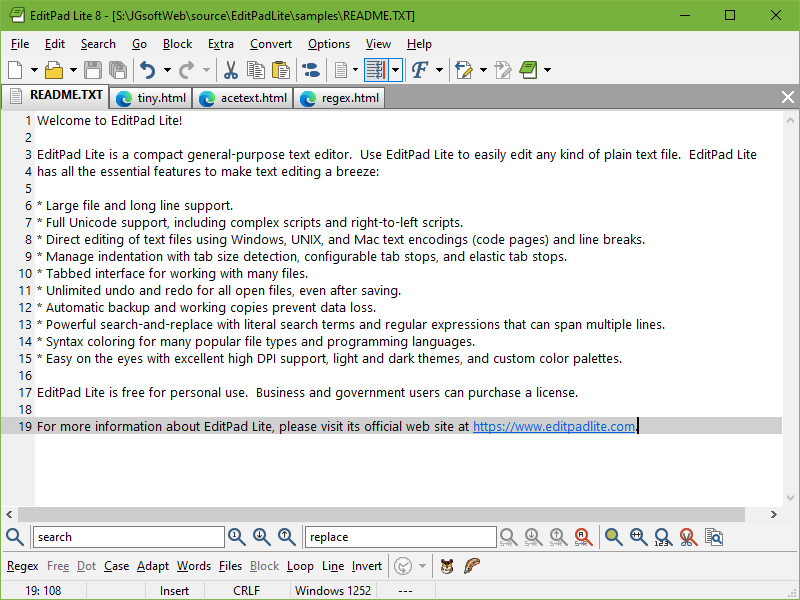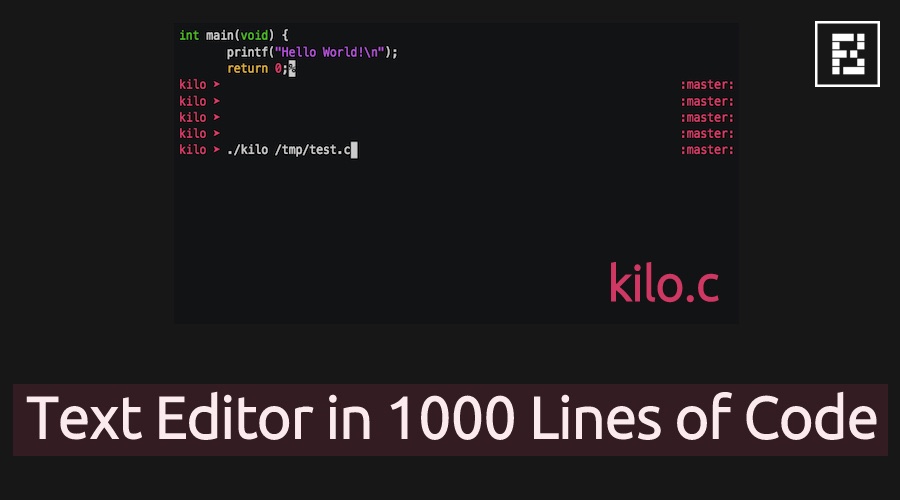
This means you get syntax highlighting for py, pydsl, and pyobjects Salt renderers.
WRITE LINES OF YOUR FAVORITE TEXT EDITOR INSTALL
Just click Edit -> Preferences -> Install, search for atom-salt or atom-jinja and install them. Plus, you could install atom-jinja2 and manually switch a file grammar to YAML (Jinja Templates) by pressing Ctrl+Shift+L.įor better results, you can install both atom-salt and atom-jinja2. Out of the box, Atom understands *.sls files as YAML.
WRITE LINES OF YOUR FAVORITE TEXT EDITOR MANUAL
(Mailchimp has destroyed my mailing list, so everything is manual for now. If your favorite editor is not covered here, or you want to share a nifty hack that helps you reduce the number of YAML mistakes, ping me on Twitter. These plugins aren’t ideal, but they are open source, and you can contribute to any of them if you want (I did). Also, I will give a few installation/configuration tips to save you some googling.


This triggers the state rendering process and can catch tons of possible errors. Use the salt-call -local -retcode-passthrough state.show_sls YOUR_STATE either manually or using a commit hook. For Salt, you have the following options: Indeed, it is possible to validate your states, in a semi- or completely automated way, even before they touch your infrastructure. Smart developers probably have this figured out, right? These issues definitely have come up before ( #802). Sprinkle a few Jinja tags here and there, and the errors can get even fancier… Is there anything that could be done? Indentation with mixed tabs and spaces, which took a surprisingly long time to debugĪnd even if your states are valid YAML, they still can have no sense for Salt because your wathc_in requisite has a typo.

State requirements at the wrong indentation level.A nested dictionary, indented with two spaces instead of four.A ParserError or ScannerError while running the state.highstate.Data failed to compile: State ‘foo’ in SLS ‘bar’ is not formed as a list.A missing colon after the YAML key or a missing space after the colon.

If you have ever written a couple of Salt states, these problems may sound familiar: Text editor plugins for Salt states and YAML/Jinja


 0 kommentar(er)
0 kommentar(er)
